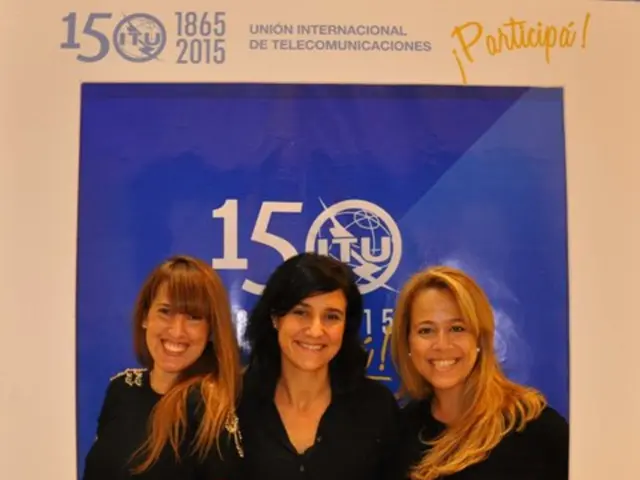The Brief and Contentious Easter Truce: A Political Stunt or Genuine Peace Offering?
Kremlin Imposes 30-Hour Ceasefire, Suggesting Ukraine as Guilty Party; Analyzing Trump's Response to Russian Strategem
In a surprising yet short-lived move, Russia announced a 30-hour truce over Easter aimed at President Donald Trump and supposedly aimed at shifting blame towards the U.S. for the stalled peace process in the Ukraine war.
As Ukrainian forces and beyond expressed reservations about the truce's authenticity, the brief respite revealed that Putin could cease hostilities at any moment, raising hopes for a more substantial, prolonged peace. However, these hopes fizzled out as the truce simply ended without an extension, signaling that it was never intended to be the beginning of the end of the war.
From the moment the truce took effect at 6 p.m. Moscow time on Saturday, reports of widespread violations on both sides flooded in. Ukrainian military officials accused Russian forces of launching over 2,900 attacks along the extensive frontlines, while Moscow alleged nearly 5,000 Ukrainian violations, implying that a longer truce, such as the 30-day proposal put forward by Trump, was not feasible.
The Kremlin seemed to be betting that Trump would hear and respond harshly to Russia's indignant cries of foul play. This was a strategic goodwill gesture meant to expose Ukraine's leadership, and their European supporters, as the real obstacles to a peace deal engineered by Trump.
While the truce's objectives are debated, alarm bells ring in Moscow about Trump possibly abandoning his Ukraine peace efforts if progress isn't made soon. Putin's primary concern is that Trump could impose tough new economic sanctions on Russia, ending any potential benefits from a potential US-Russia reconfiguration.
Despite the dashed hopes of a breakthrough, Trump appears undeterred, expressing optimism for a future deal. Evidently, the Kremlin's Easter truce served its purpose - to shift blame and create doubt in Trump's mind about the sincerity of Ukraine's intentions for peace.
Key Insights:
- ** Strategic Messaging for Trump**: The Kremlin conveniently timed the truce to influence US political dynamics, attempting to shape perceptions of Russia's willingness to de-escalate[2].
- Blame-shifting Tactic: The impermanence of the truce and Ukraine's alleged violations allowed Russia to position itself as a peace advocate while accusing Kyiv of intransigence[2][3].
- Propaganda Tool: Short-term ceasefires can be used as tools for propaganda rather than genuine peacebuilding measures, allowing Russia to exploit geopolitical divisions and reduce Western military support for Ukraine[2].
- Throughout Europe and the world, there is growing scrutiny on the Easter truce announced by Russia, as it seems to be more about strategic messaging for President Trump rather than a genuine peace offering.
- The brief ceasefire in war-and-conflicts like the one in Ukraine serves as a propaganda tool, enabling Russia to shift blame onto Ukraine, particularly its European supporters, for the stalled peace process.
- International politics surrounding the war remains tense, with Senator Marco Rubio (Rubio) advocating for the imposition of tough economic sanctions on Russia, should progress not be made towards a lasting peace.
- Despite the recent truce's failure, the general news landscape continues to report on Trump's optimism for future peace talks, implying a potential reconfiguration in US-Russia relations in the future.
- As media outlets cover the ongoing war and conflict, there is a growing sense of skepticism about the sincerity of these short-term ceasefires, fearing they drive geopolitical divisions instead of fostering genuine peacebuilding efforts.








